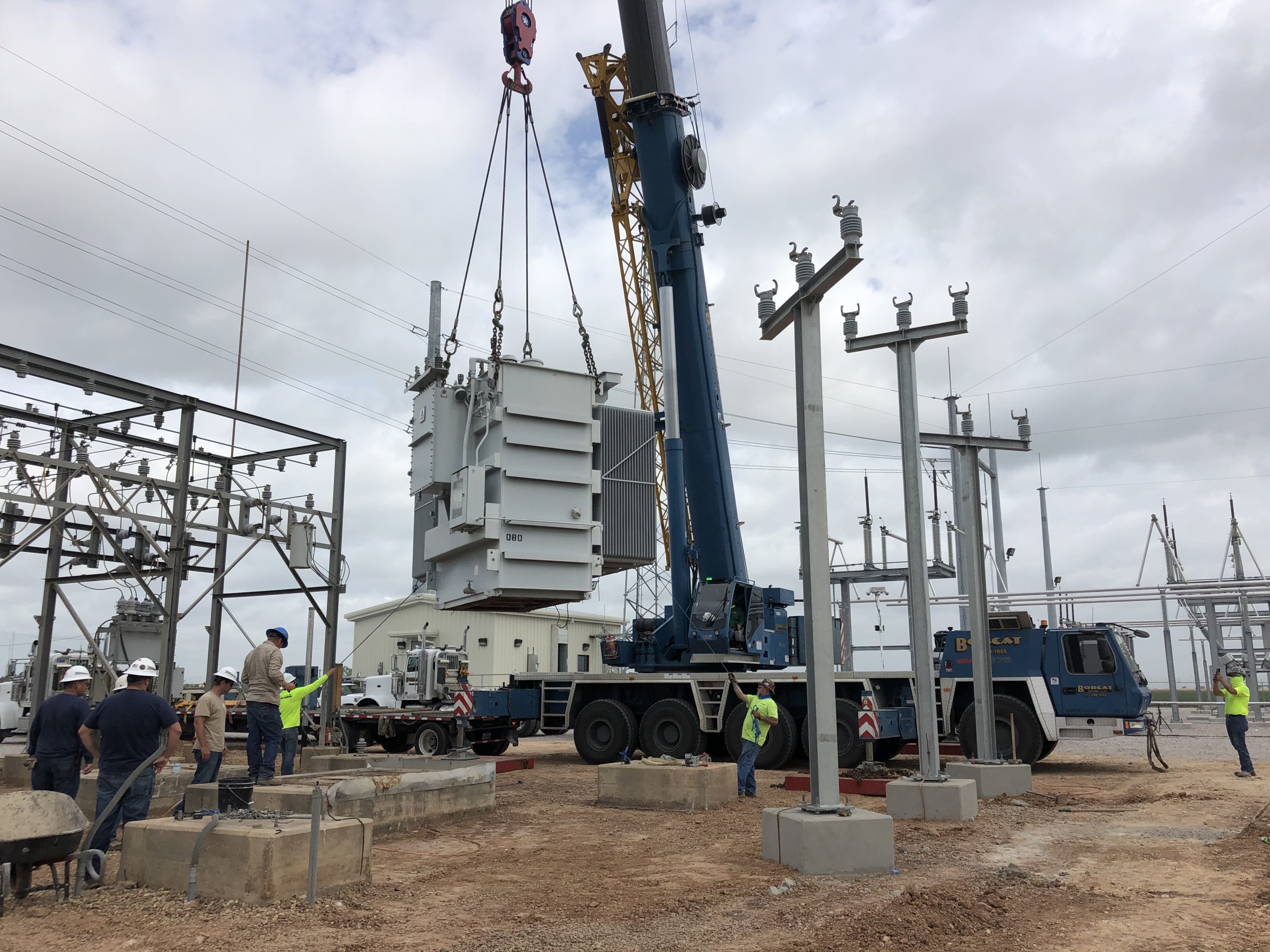The efficiency of crane operations in construction, manufacturing, and heavy lifting depends on selecting high-quality parts that meet compatibility requirements. Your selection of replacement parts for crane systems must be precise because it directly affects operational safety, system performance, and equipment durability. These practical points will guide you toward selecting optimal crane components.
Understand your crane’s specifications
Start your crane part search by identifying which crane model and brand you currently own. All cranes have different manufacturer-specified weight limits, speed parameters, and technical specifications. The use of inappropriate materials and unsuitable parts for your system will produce operational shortcomings, mechanical gearbox breakdowns, and possibly endanger safety operations. Reaching out to an expert or referring to manufacturer guidelines will ensure you get the proper parts.
Prioritize quality over cost
Pursuing the most affordable parts may turn out to be an expensive choice since it may lead to substandard performance. Quality parts made with durable materials improve crane performance by minimizing repair time and preventing incessant replacement needs. Choose brands and suppliers like Kor Pak, who uphold reliability standards and offer warranties and certifications on their products.
Ensure compatibility with existing components
All crane components function as connected entities that interact with both mechanical and electrical systems on multi-component platforms. Using new components as standalone units without first evaluating their fit with the current system can generate performance problems and part deterioration. Before purchasing new crane parts, perform a specification check that includes size measurements, material composition, and identification of load limits and attachment points.
Select between authentic OEM products or certified Aftermarket parts
The market provides two choices for crane parts: Original Equipment Manufacturer (OEM) products and aftermarket components. Original manufacturer-made parts offer perfect compatibility since they originate from the brand, but they come at higher prices.
The manufacturing of aftermarket parts occurs at third-party facilities producing more budget-friendly alternative parts. Pick aftermarket components only if they have industry certification for safety alongside meeting established standards of performance.
Review parts for their approved weight limits and safety ratings
The evaluation of crane components includes verification of their ability to carry the necessary load weight. Using components that do not meet the required standards or exceed their capacity triggers disastrous failure situations. Examine the safety information and load capacity ratings of components when making purchases because this step helps prevent hazardous situations during operations.
Work with trusted suppliers
A trustworthy supplier remains vital to success, just like the appropriate selection of components. A well-regarded supplier provides authentic parts, along with detailed technical recommendations and assistance, following the purchase. You should choose suppliers who maintain good customer opinions, industry accreditation, and proven experience in offering top-notch crane components.
Conclusion
The selection of appropriate crane parts plays an essential role in achieving performance efficiency, safety measures, and product durability. Knowledge of your crane specifications and quality-focused component selection will help you get optimal crane parts. Selecting ideal components at this moment will prevent monetary expenses and operational hazards and provide time-saving benefits as you move forward.

